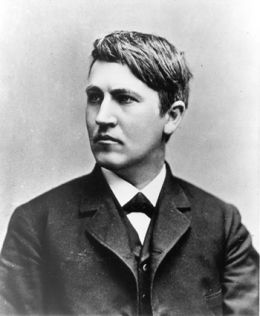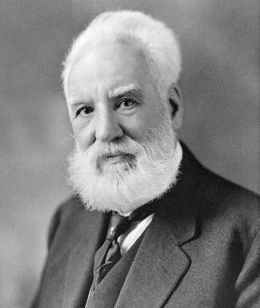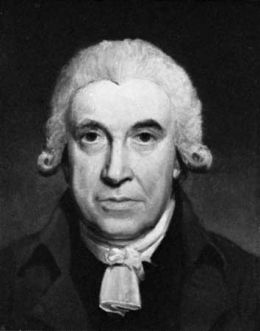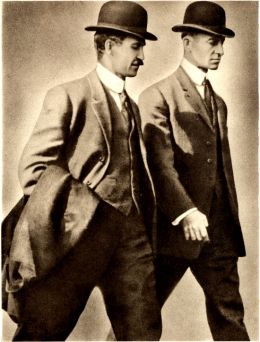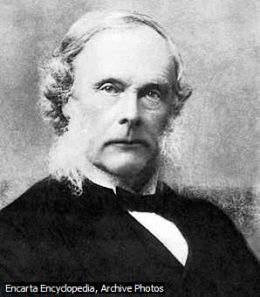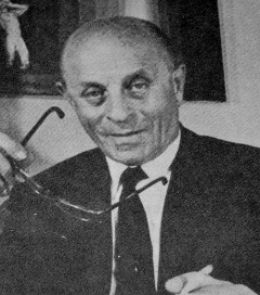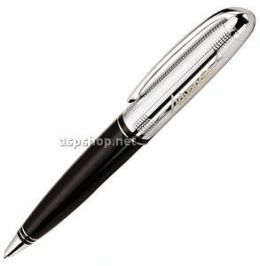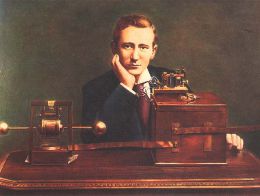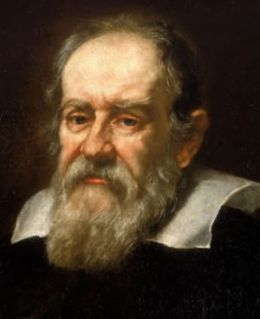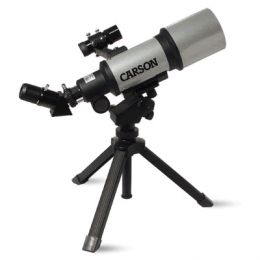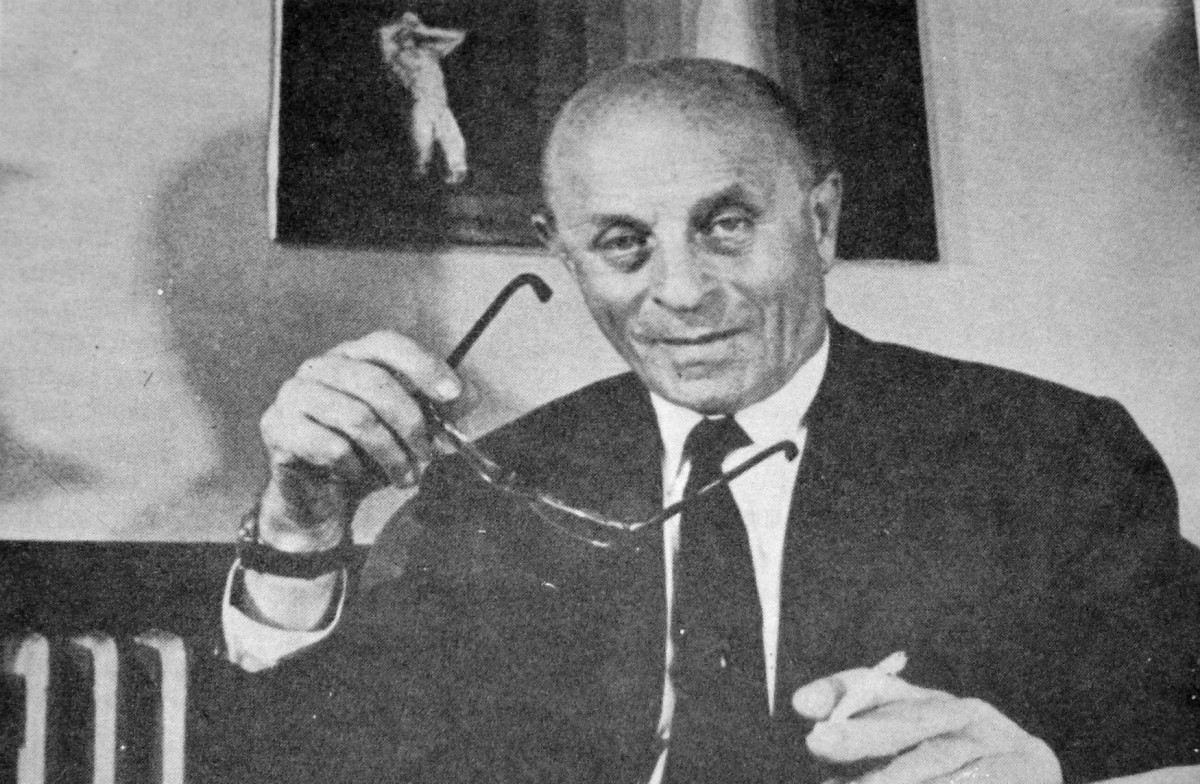Inventions and Discoveries of Science


1. Edison- The Great Inventor
Thomas Alva Edison was the American inventor who held a world record of 1,093 inventions. In addition, he created the world’s first industrial research laboratory.
He began his career in 1863, in the adolescence of the telegraph industry, when virtually the only source of electricity was primitive batteries putting out a low-voltage current. Before he died, in 1931, he had played a critical role I introducing the modern age of electricity.
Edison invented many items, including the carbon transmitter, in response to specific demands for new products or improvements. But he also had the gift of serendipity: when some unexpected phenomenon was observed, he did not hesitate to halt work in progress and turn off course in a new direction. This was how, in 1877, he achieved his most original discovery, the phonograph.
From his laboratories and workshops emanated the phonograph, the carbon-button transmitter for the telephone speaker and microphone, the incandescent lamp, a revolutionary generator of unprecedented efficiency, the first commercial electric light and power system, an experimental electric railroad, and key elements of motion picture apparatus, as well as a host of other inventions.


2. Telephone
Scottish-born American audiologist, Alexander Graham Bell is best known as the inventor of the telephone in the year 1876. In 1880, France honored Bell with the Volta prize.
His early achievements on behalf of the deaf and his invention of the telephone before his 30thbirthday bear testimony to the thoroughness of his training.
WHAT IS A TELEPHONE?
A telephone is an instrument designed for simultaneous two-way voice communication and the technological system which it is employed. It is a central part of modern telecommunication.


3. Television
John Logie Bird gets the main credit, of course, but he was not the very first to dream of creating a television.
Others had ideas before him about sending pictures over the wires which were used for telegraphs, and some even hoped to send moving pictures by wire one day. Baird was the first to succeed in sending moving pictures by modulated radio signal.
WHAT IS A TELEVISION?
A television is an electronic system for transmitting still or moving images and sound to receivers that project a view of the images on a pictures tube or screen and re-create the sound.


4. Steam Engine
James Watt was a Scottish instrument maker and inventor whose steam engine contributed substantially to the Industrial Revolution. He was elected fellow of the Royal Society of London in 1785.
Demands for his engine came quickly from paper mills, flour mills, cotton mills, iron mills, distilleries, canals and waterworks.
WHAT IS A STEAM ENGINE?
A steam engine is an external combustion engine, in which the engine’s working fluid (steam) is generated in a boiler outside the engine. The steam is brought into the engine by valves and through its pressure and expansive properties a piston is made to oscillate within a cylinder.


5. Airplane
Wilbur and Orville Wright were the brothers who invented the first plane.
In the long run their most significant invention was a way to steer the plane. After carefully watching a great number of birds, they became convinced that birds directed their flight by internally warping their wings, distorting them in one fashion or another.
WHAT IS AN AIRPLANE?
An airplane is a vehicle whose operational medium is air and which supports itself in the Earth’s atmosphere by means of lift. Lift is produced through specially shaped fixed wings attached to the airplane’s body or fuselage; these alter the airflow so that the pressure distribution of the air over the wing crates an upward force.
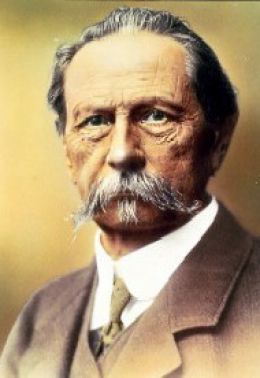
6. Car
Karl Friedrich Benz was a German mechanical engineer who designed and in 1885 built the world’s first practical automobile to be powered by an internal-combustion engine.
WHAT IS A CAR?
The general name used for a passenger-carrying, self-propelled vehicle designed for normal domestic use on roads.
The vehicle itself is made up of a number of systems, all of which may be discussed and constructed in isolation, but whose combined functioning produces the final vehicle. Thus the motive power system includes the engine and its fuel supply.
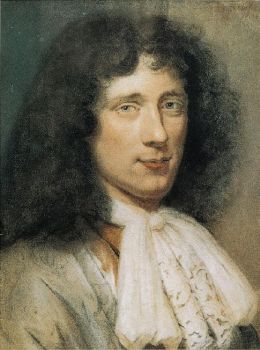
7. Clock
Christian Huygens was a Dutch mathematician, astronomer, and physicist who invented the clock. He designed a pendulum clock and later invented the more accurate compound pendulum. Physics could not have moved on without accurate time measurement.
WHAT IS A CLOCK?
Clock is a machine in which a device that performs regular movements in equal intervals of time is linked to a counting mechanism that records the number of movements.
All clocks, of whatever form, are made on this principle. The first mechanical clocks to which clear references exist were large, weight-driven machines, fitted into towers and known as turret clocks. These early devices did not strike the hour, nor did they have hands or a dial.


8. Microscope
Microscope was invented in the Netherlands in the late 16th-c; after 1830 it was widely used, following Joseph Lister’s refinements which minimized chromatic and spherical distortions.
WHAT IS A MICROSCOPE?
A microscope is an optical instrument for producing enlarged images of minute objects.
The compound microscope, in which a second lens further magnifies the image produced by a primary lens. The effectiveness of compound light microscope is limited by the resolving power of the lens; magnifications can be achieved up to a maximum of 2000.
Electron microscopes use a beam of electrons instead of light, thus allowing viruses and other molecular phenomena to be studied at magnifications of over 50,000.


9. Ballpoint Pen
The first satisfactory model was patented by Lazlo Biro, a Hungarian living in Argentina. His ball-point pen, commonly called the “biro” became popular in Great Britain during the late 1930s, and by the id-1940s pens of this type were widely used throughout much of the world.
WHAT IS A BALLPOINT PEN?
Ball-point pens date from the late 19thcentury. The writing tip of a ball-point pen consists of a metal ball, housed in a socket that rotates freely and rolls quick-drying ink onto the writing surface. The ball is constantly bathed in ink from a reservoir, one end of which is open and attached to the writing tip.
Soft-tip pens that use points made of porous material became commercially available during the 1960s. In such pens a synthetic polymer of controlled porosity transfers ink from the reservoir to the writing surface.


10. Radio
Guglielmo Marconi was an Italian physicist and inventor of successful system of radio telegraphy (1896). In 1909 he received the Nobel Prize for physics. He later worked on the development of shortwave wireless communication, which constitutes the basis of nearly all modern long-distance radio.
WHAT IS A RADIO?
Radio helps in transmission and detection of communication signals consisting of electromagnetic waves that travel through the air in a straight line or by reflection from the ionosphere or from a communications satellite. Now-a-days, a radio is found to listen to music being played on radio stations.


11. Telescope
The earliest devices were made in 1608 by Lippershey and Galileo. Astronomical telescopes produce an inverted image, but give a larger fields of view and higher magnification than terrestrial telescopes.
WHAT IS A TELESCOPE?
A telescope is an optical instrument for producing images of distant objects.
Telescopes can also be designed to detect radiation outside the visible range, and the radio, ultraviolet infrared and X-ray regions are all much studied. The second world war gave a great impetus to astronomy, wartime radar and rocket missiles giving a basis for major advances.
You May Also Like
- Ecological Classification of Plants
Like a human being or an animal, a plant must adapt to its environment in order to survive. For their survival, plants compete with other plants for light, water, air and soil. The ability of plants to adjust with the environment is called... - Cycle of Carbon, Nitrogen, Oxygen and Hydrogen
Innumerable kinds of plants and animals are found on earth which is different from each other in shape, size and structure. All these are basically made up of carbon, nitrogen, oxygen and hydrogen. Animals get these elements from nature only. The... - Some Environmental Problems
The growing human population has adversely affected the environment in various different ways. The demand for resources increases with the growth in population. To meet those demands, human beings never hesitate to exploit the environment. - Reproduction in Angiosperms
Development of male and female gametophytes, formation of gametes is pre requisite for sexual reproduction in angiosperms. In angiosperms the female gametophyte is produced from haploid megaspore present in the nucellus of the ovule and it is called.

